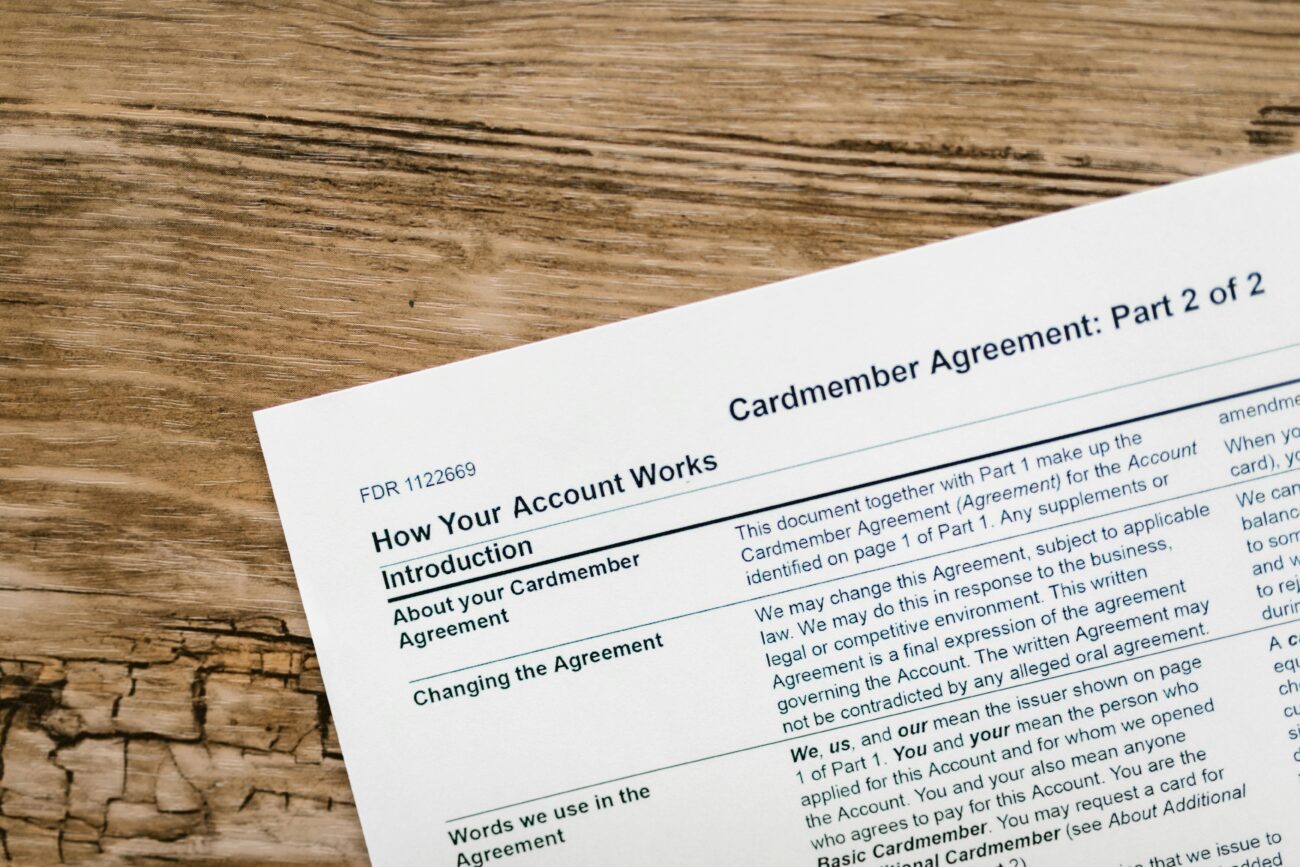If you’re facing a cancer diagnosis or treatment options, understanding the cost of chemotherapy without insurance is crucial. The financial burden of treatment can be daunting, but being informed helps you make empowered decisions about your care and budget. Let’s delve into the various aspects that impact chemotherapy costs and explore ways to navigate this challenging time.
Understanding the Basics of Chemotherapy
Chemotherapy is a common treatment for various cancers, using powerful drugs to kill cancer cells. While it’s effective, the cost can vary widely based on several factors, including:
- Type of cancer: Different cancers require different drugs, affecting overall costs.
- Drug selection: Some chemotherapy drugs are much more expensive than others.
- Location: Prices may vary depending on geographical location and local healthcare systems.
- Administration setting: Receiving treatment in a hospital may cost significantly more than outpatient centers.
Average Costs of Chemotherapy Without Insurance
On average, the cost of chemotherapy can range from $10,000 to over $100,000 per year without insurance. Here are some factors that can influence that total:
- Initial consultation fees ($200 – $500).
- Diagnostic tests (CT scans, blood tests) ranging from $1,000 to $10,000.
- Infusion costs can start at approximately $600 per session.
Breakdown of Individual Drug Costs
Some commonly used chemotherapy drugs and their approximate costs per month include:
- Cisplatin: $300 – $2,000
- Doxorubicin: $1,000 – $6,000
- Paclitaxel: $1,000 – $10,000
Ways to Manage Chemotherapy Costs
There are several strategies to help manage the costs of chemotherapy:
- Payment plans: Speak with your healthcare provider about setting up a payment plan that works for you.
- Generic drugs: Ask if there are less expensive generic options available.
- Charity or assistance programs: Look into organizations that provide financial assistance for cancer patients.
- State and Federal programs: Investigate if you qualify for programs like Medicare or Medicaid.
Additional Resources for Cancer Patients
Connecting with support networks can provide both emotional and financial aid:
Conclusion
Understanding the potential costs of chemotherapy without insurance can empower you to make informed decisions about your treatment options. While the financial aspect can feel overwhelming, exploring all available resources and support can help ease your journey. If you’re struggling with costs, don’t hesitate to reach out to financial advisors at your treatment center or organizations dedicated to supporting cancer patients.
If you need help navigating payment options or financial assistance, consider speaking with your oncologist or a financial counselor. You’re not alone, and support is available.
